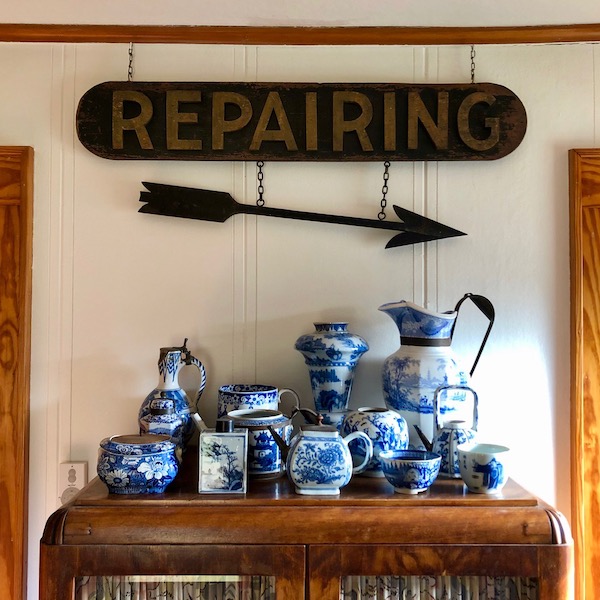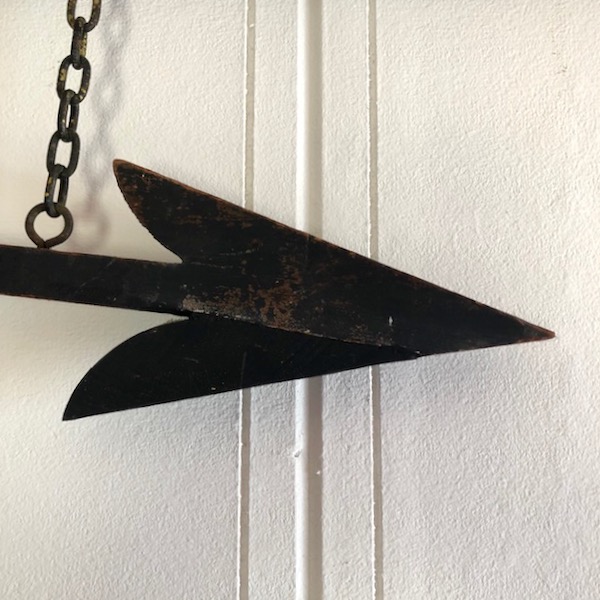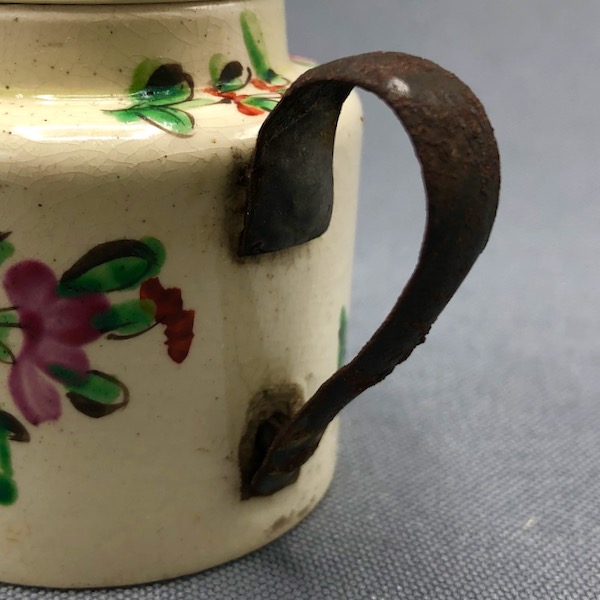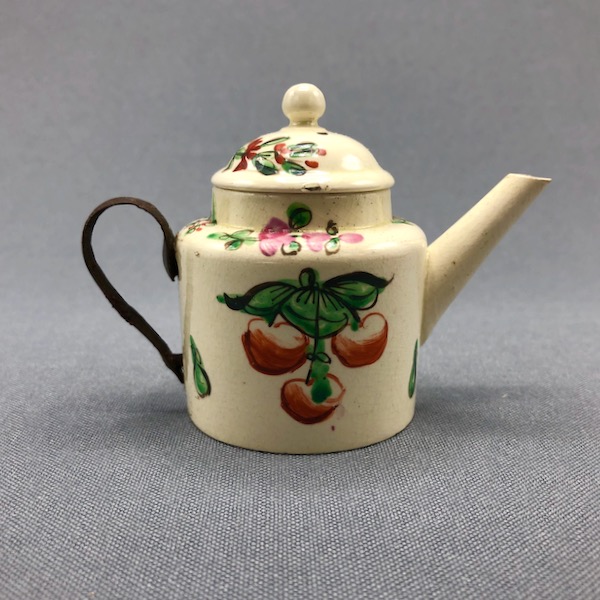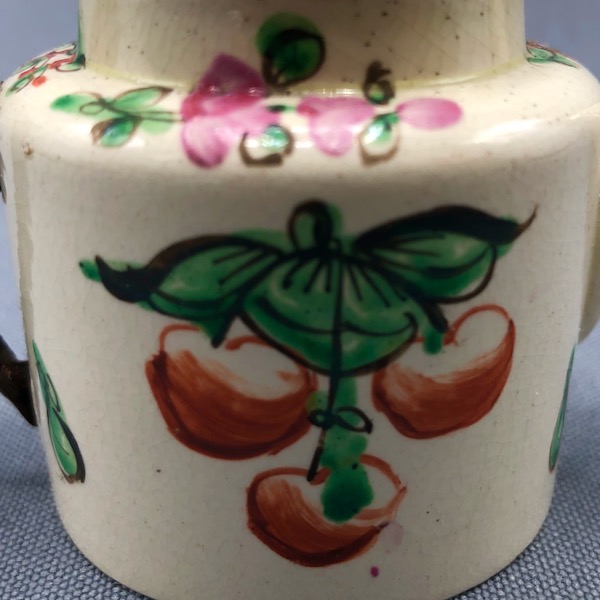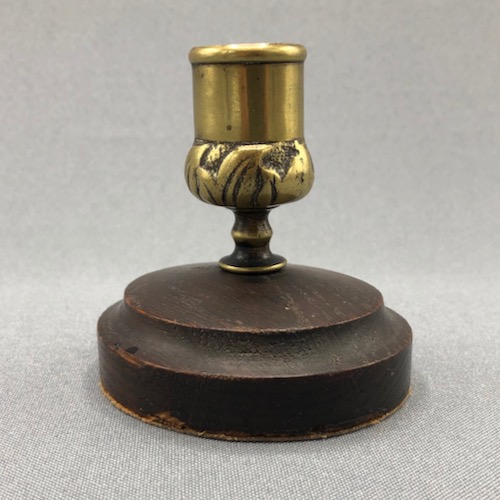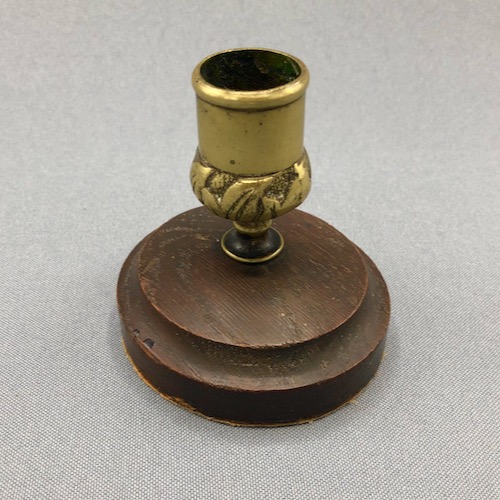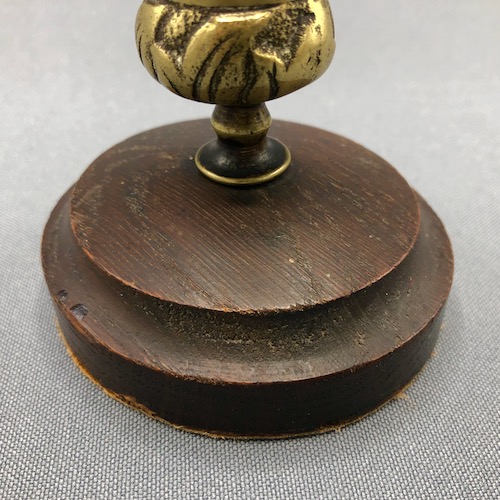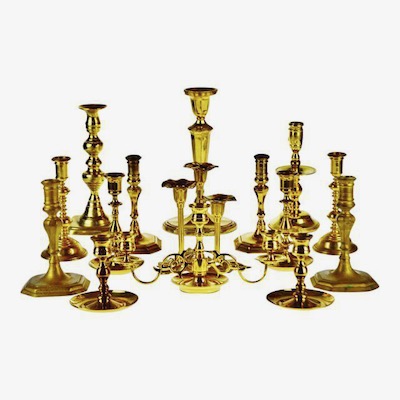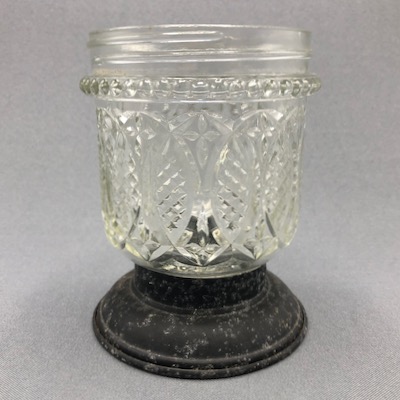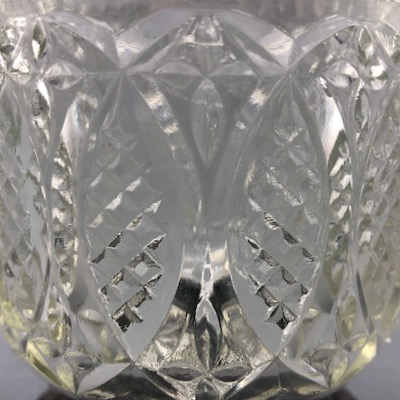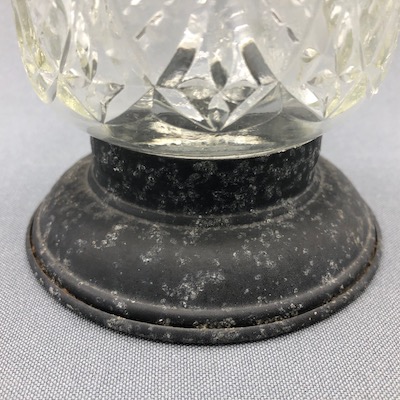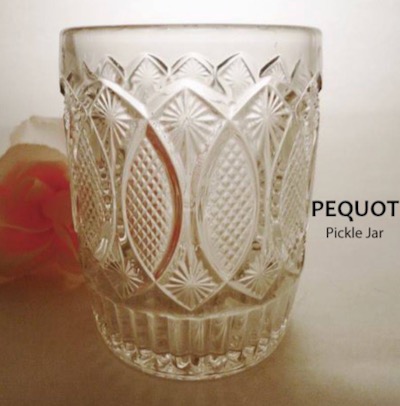I purchased this sign over the summer and finally got around to hanging it above one of my display cabinets this weekend. Not sure what type of repairing it advertised, but I’d like to think it was for all types of inventive repairs. It measures approximately 39 inches wide and is made from wood. The applied letters, once painted a bright gold, have mellowed with age. The arrow, which hangs from chains, is a make-do itself, as the bottom half of the point broke off and was replaced.
